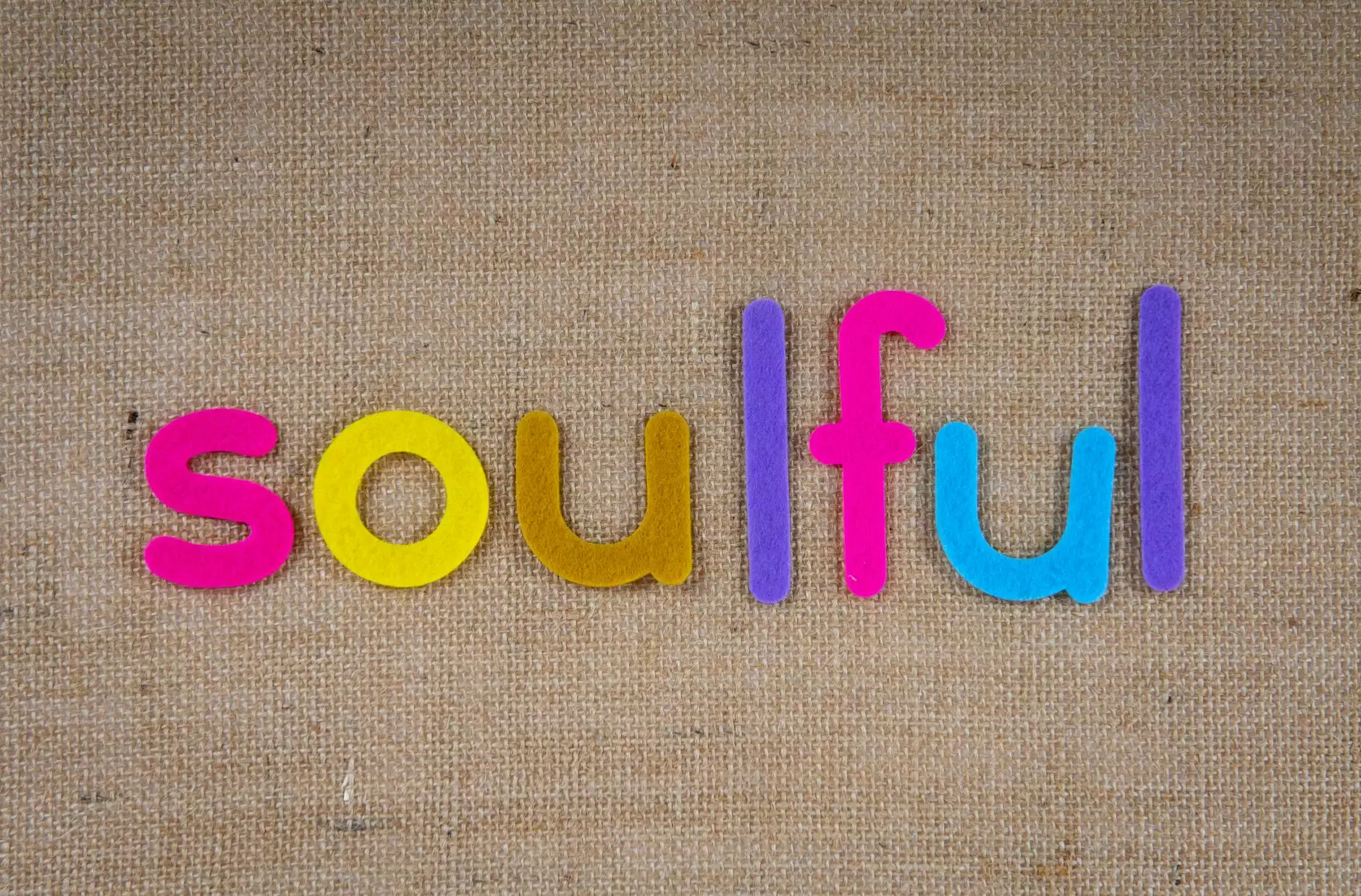The Truth About Color and Language: How Our Words Shape the Way We See

When it comes to color and language, the interplay between the two is a complex and intriguing subject that has fascinated researchers, psychologists, and marketers for years. The colors of words can evoke various emotions, memories, and interpretations, influencing how we perceive and interact with the world around us.
Color in Language: A Multisensory Experience
Research has shown that there is a strong connection between words and colors, suggesting that our brains process language and visual stimuli in an intertwined manner. For example, certain words may automatically evoke specific colors in our minds, a phenomenon known as synesthesia.
Moreover, the use of colors and language in communication can significantly impact how a message is received and interpreted. By choosing the right colors to accompany words, businesses and individuals can enhance the effectiveness of their branding, marketing, and overall communication strategies.
The Psychology of Colors and Words
Color psychology explores how different colors can elicit distinct emotional responses and influence behavior. When these colors are combined with language, the impact can be even more profound. For instance, the use of warm colors like red and orange can convey a sense of urgency or excitement, while cooler tones like blue and green may evoke feelings of calmness and trust.
Understanding the subtle nuances of color and language can help businesses craft compelling messaging that resonates with their target audience and drives desired actions. By aligning the emotional and psychological implications of color with the power of words, brands can create a cohesive and impactful communication strategy.
The Influence of Culture and Context
It's essential to recognize that the relationship between color and language is not universal and can vary significantly across cultures and contexts. Different societies attribute diverse meanings to colors, shaping their perception and interpretation of words and visual cues.
For example, while the color white may symbolize purity and innocence in Western cultures, it can represent mourning and death in some Eastern societies. This cultural diversity underscores the importance of considering the broader context when using colors in words and language.
Unlocking the Potential of Color-Driven Communication
As the digital landscape continues to evolve, businesses are increasingly leveraging the power of color-driven communication to enhance user engagement and build brand identity. By understanding how color and language intersect and influence perception, organizations can create impactful visual and textual content that resonates with their audience.
Whether it's designing a website, crafting an email campaign, or developing a social media strategy, incorporating the right colors in words can set businesses apart and drive meaningful connections with customers.
Conclusion
In conclusion, the relationship between color and language is a dynamic and multifaceted phenomenon that plays a vital role in shaping how we perceive and engage with the world. By exploring the nuances of words and colors, businesses can unlock new opportunities for creative expression, effective communication, and meaningful interaction.
Peak Visibility is committed to helping businesses navigate the intricate landscape of color and language to achieve their branding and marketing objectives. Contact us today to learn more about our comprehensive digital marketing services and how we can elevate your brand through the strategic use of colors in words.



